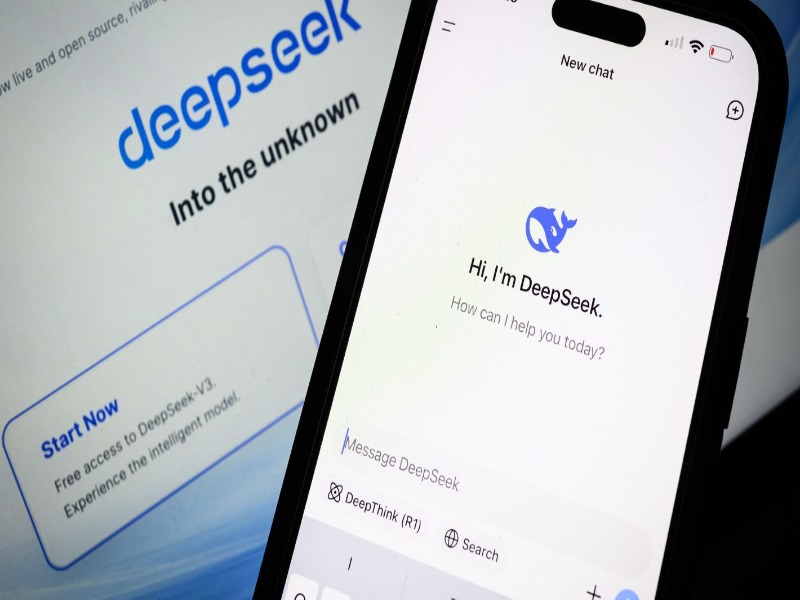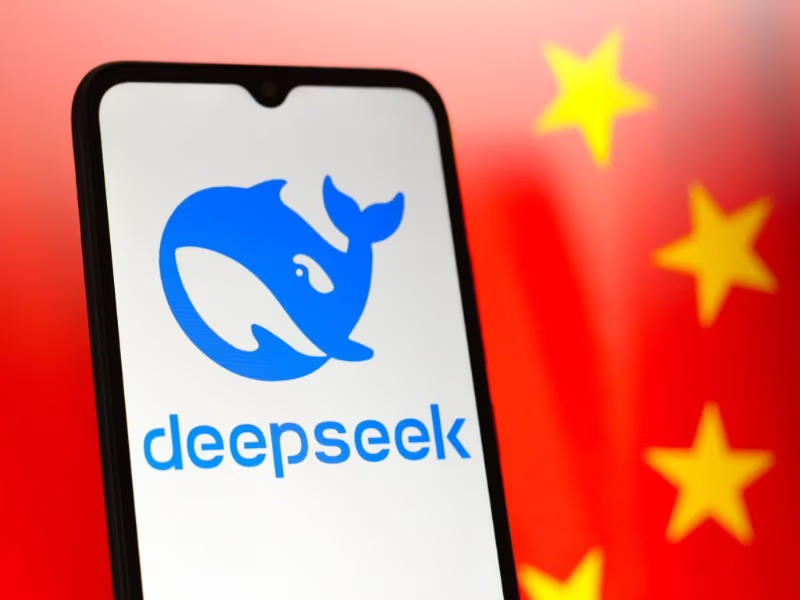An artificial intelligence start-up of China DeepSeek released an “experimental” edition of its V3 foundation model early before the country’s National Day holiday, as the Hangzhou-based company speeds up product launches.
DeepSeek published V3.2-Exp on Monday and made it open-source on developer platforms Hugging Face and ModelScope, which is backed by the Alibaba Group Holding.
DeepSeek claims that this model improved the training and inference efficiency and cut application-programming-interface costs by over 50 per cent compared against earlier versions.
V3.2-Exp can be accessed on the DeepSeek site and application. The release came right on the heels of the last release, DeepSeek-V3.1-Terminus, which was released a week earlier, and two months after V3.1 had been released. The first V3 model was released in December.
DeepSeek is attracting industry interest with its new products, after announcing in November that it would customize its models to next-generation AI chips being manufactured in China.
DeepSeek released its R1 reasoning model in January, and it caused much hype both locally and internationally, and even caused the local competing firms to leave employees working throughout one of the most significant national holidays in the country.
That had prompted speculation before this year’s eight-day-long National Day holiday, beginning on Wednesday, that DeepSeek could release a significant revision of its mainstay V3 or R1 models, possibly called V4 or R2.
According to a post on Hugging Face, DeepSeek instead presented a “sparse attention mechanism” as an “intermediate step” to its next-generation model architecture.

Sparse attention refers to a technical innovation that makes models more efficient in terms of their computational cost of training.
According to the start-up, V3.2-Exp introduced a “DeepSeek Sparse Attention” mechanism, which improved efficiency when handling long inputs. DeepSeek claims it performed “on par” with V3.1-Terminus, although at a much lower cost to operate.
The post stated that “This experimental release represents our ongoing research into more efficient transformer architectures.”
As per the most popular AI benchmarking company, Artificial Analysis, its V3.1-Terminus became the first open-source model to match the second-place open-source model gpt-oss-120b released in August.
The company has mentioned that DeepSeek was “slightly ahead” of the Qwen3-235B-2507 of Alibaba Cloud, the most powerful Chinese AI model.
Alibaba Cloud is the Alibaba Artificial Intelligence and cloud computing division, which owns the Post. Smaller and more efficient models are also being looked into by the company.
At the beginning of the month, it announced that models constructed on its new Qwen3-Next model architecture, which is its most efficient to date, would act as a preview of its next generation of models.
DeepSeek had already set out an agenda of improving the agentic abilities of its base models, “first step towards the agent era.”
The AI agents are meant to perform tasks automatically in place of users. A significant potential bottleneck in creating such software is the small “context windows” of existing AI models, which restrict their effectiveness in undertaking a sequence of actions in the long term.
On social media, Huang Zhipeng, an AI researcher at Dutch Utrecht University, who argued last week that DeepSeek would keep following an incremental update, wrote that V4 would be released next year, with R2 following around the Lunar New Year.






